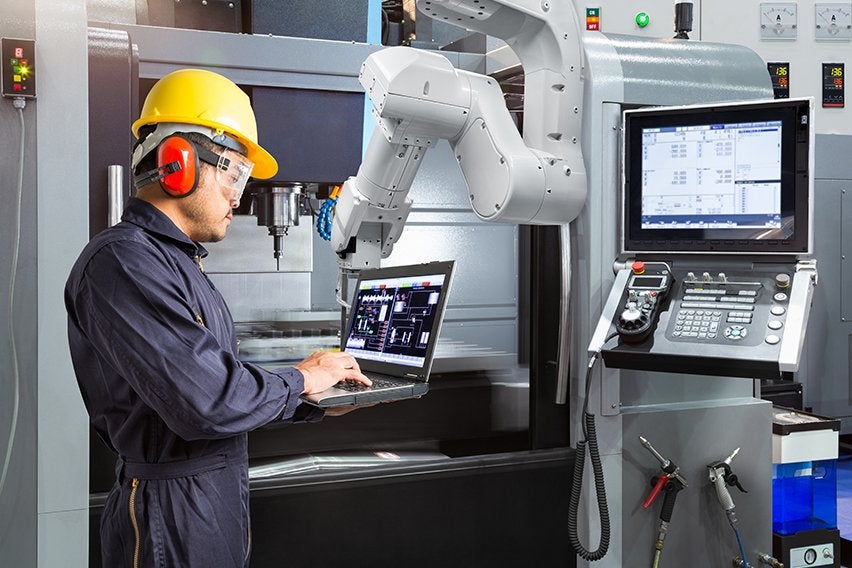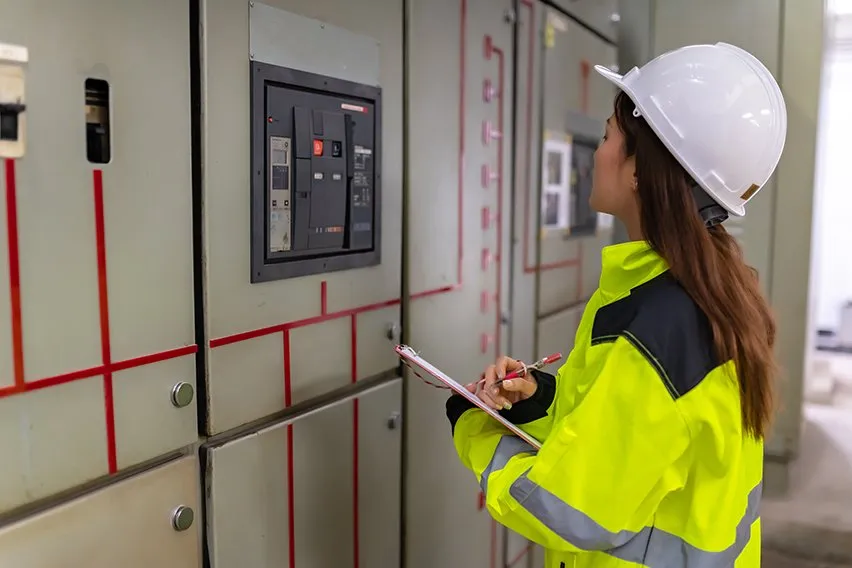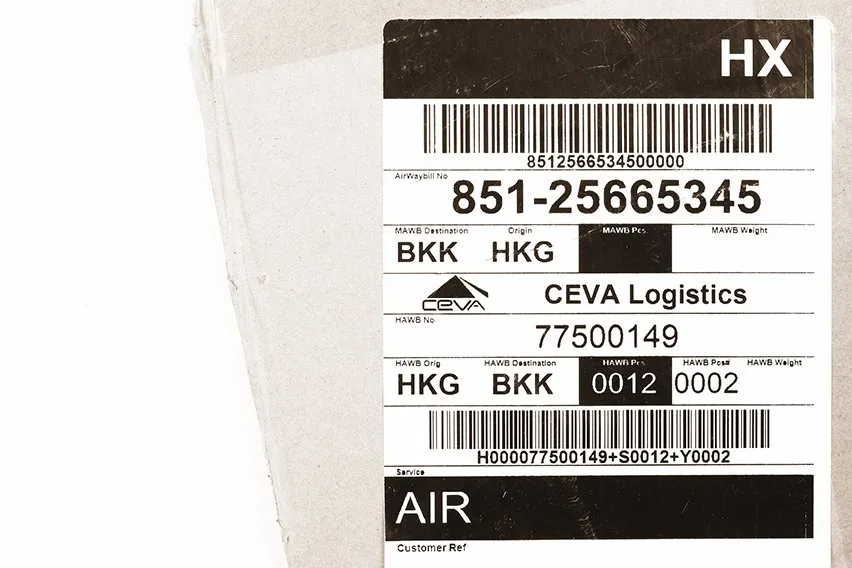What Is a Smart Factory?

Nowadays, automation is an important part of just about every field. Automation in turn requires connectivity. The more devices are connected, the more complex your automated system can be. When enough systems are connected and automated, you have what people call a “smart factory.”
Smart factory is one of those buzzwords that everyone throws around, but which has no set definition. But that doesn’t make it a meaningless concept. It’s the next step in the natural evolution of manufacturing technology. It’s about making your operations more efficient and more cost-effective. Companies who fail to adopt a smart approach risk falling behind the competition.
Smart technology can be used in many parts of the manufacturing process. This includes the production line as well as the supply chain. Anywhere you can gather data, you can deploy smart factory principles. But what does all of this actually mean? Here’s what makes a factory smart, and why smart factories are the way of the future.
Here’s What We’ll Cover:
What Makes a Factory “Smart”?
The manufacturing industry has adopted several technologies that are essential for smart factories. But traditional industry advancements have typically been deployed all at once.
For example, you’re manufacturing automobile engines. There’s a new physical technology, like a casting technique, that you deploy across your entire operation. All of your engines are now cast using 10 percent base material, or you make some other production optimization. The technology is rolled out and implemented, and you see the results immediately.
A smart factory initiative is about gathering data and making improvements over time. Let’s look at three digital technologies that are key to its success.

Sensors
Factory sensors are hardly cutting-edge technology. They’ve been used in a wide variety of applications for decades. Early sensors flagged problems that required human intervention. Modern sensors are already integrated into complex DCS systems. These control the entire production process.
In a smart factory, a sensor performs both of the above functions. However, it also contributes a constant stream of data to an online database. This data is then available for analytics and future diagnostics.
IIoT Devices
Most people are now aware of the Internet of Things (IoT). This refers to everyday devices that are online. For example, you might have a light timer you can control while you’re on vacation. The Industrial (IoT) refers to the same concept, but on a larger scale.
Examples of IIoT devices include sensors that collect data in real time. They also include controllers, robotics, and literally anything else that can report analytic data. This data, along with the data from ordinary sensors, contributes to a cloud database.
The Cloud
Cloud computing is a huge part of increased efficiency in office environments. Many companies only survived the pandemic because of Zoom calls and online document sharing.
But the same principles also apply to industry. Previously, many companies couldn’t gather and analyze a meaningful amount of data. You’d have to run your own servers, hire a larger IT staff, and take on a number of expenses. Cloud systems provide better operational efficiency. You can maintain a large database for relatively cheap, and access it whenever you need to.
Big Data and Machine Learning
So far, we’ve talked about gathering data and storing it. But what is the point of capturing all this information? Here’s where two other digital transformations come in: big data and machine learning.
Big data refers to gathering as much information as possible. This can come from anywhere, from the production floor to your entire digital supply network. The data is then sorted in as many ways as possible. It’s categorized by machine, by date, by application, and by any other relevant categories.
Machine learning refers to advanced, high-level computer systems that analyze your data. The machine looks for inefficiencies, and makes suggestions on how to improve your production systems.

Key Takeaways
Nobody has a crystal ball, so it’s impossible to say for sure what the factory of the future looks like. But whatever it looks like, it’s going to be more data-driven. There will be more connected machines. There will be more raw data. And businesses will be digging deeper into that data than ever before.
How that will affect any given business is less clear. For some, the data might necessitate changes in supply chain management. For others, it might mean deeper changes to core business processes. At the end of the day, though, the human factor will remain important. No matter how good your machine learning algorithm is, it only makes recommendations. Human beings will still be in ultimate control.
Want to read more about the latest technology? Head over to our research hub, and check out our other guides!
RELATED ARTICLES
 What Is a Distributed Control System?
What Is a Distributed Control System? Everything You Need to Know About the Durbin Amendment
Everything You Need to Know About the Durbin Amendment What Is DCAA Compliance?
What Is DCAA Compliance? What Is a Rotating Shift?
What Is a Rotating Shift? SKU vs UPC Code: What’s the Difference?
SKU vs UPC Code: What’s the Difference? What Is Slotting? Definition, Best Practices & Benefits
What Is Slotting? Definition, Best Practices & Benefits